Lobelia ampelous - a flowering ball for lazy gardeners
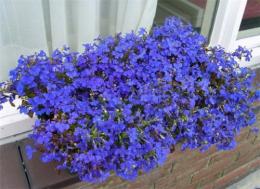
Do you want to acquire a beautiful plant that would decorate your garden plot and not require special care. Then your best companion will be ampelous lobelia - the plant is not only extremely attractive, but also unusually unpretentious.
Content:
- Lobelia - general information
- Application in folk and official medicine
- Planting, care, interesting facts about the plant
Lobelia - general information
Lobelia is a herbaceous perennial plant from the bellflower family with lush and long flowering. North America is considered the homeland of lobelia (according to other sources, southern Africa). For horticultural purposes it is most often used as annual plant its ampelous shape is ideal for growing in hanging baskets and garden flowerpots.
The appearance of ampelous lobelia is very characteristic - the stem is angular-branched, up to half a meter in height, drooping, of a reddish hue. The leaves are small, elongated, shiny. The flowers are small, two-lipped blue, light blue, and less often with violet, purple and white colors. There are no varieties of red, yellow or shades of orange.
Application in folk and official medicine
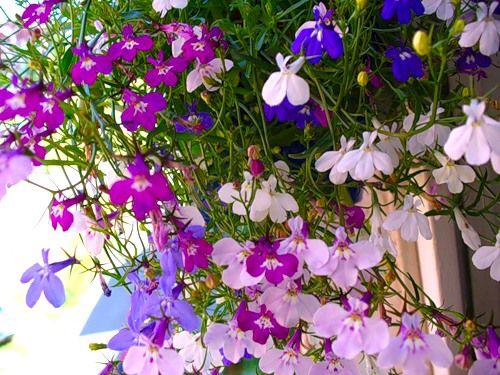
Lobelia contains a large number of alkaloids, lobeladine and lobelanine and others useful components. Scientists have discovered more than 40 substances that help cope with inflammatory and viral processes in the body. Lobelia is used in the treatment of the following diseases:
- Acute heart failure
- Bronchial asthma
- Asphyxia of newborns
- Drug poisoning
- Sun, heat stroke
In addition, lobelia preparations remove waste and toxins from the body and are an excellent antioxidant. Research is being conducted on the use of the plant in the treatment of epilepsy.
In folk medicine, alcohol tinctures, decoctions, and dry intake of crushed parts (usually stems and leaves) of lobelia are used. In official medicine, the drug Lobesil is used, which makes it easier to combat nicotine addiction.
But we must not forget that this the plant is poisonous. Consumption in large doses can cause respiratory paralysis, stomach pain, and vomiting. Lobelia also greatly increases blood pressure and should be used with caution by people prone to high blood pressure or its sudden changes.
Planting, care, interesting facts about the plant
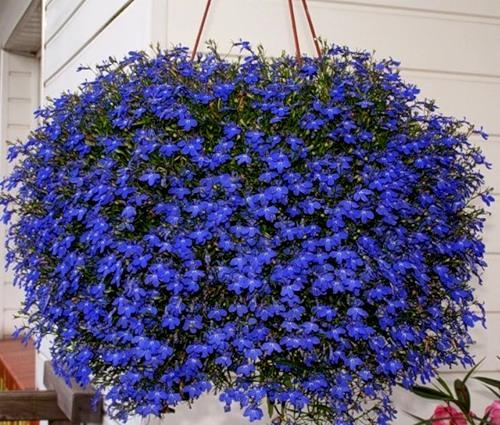
When growing lobelia, you need to pay attention first of all to the composition of the soil. The plant loves loose, nutritious soil that does not contain fresh humus or manure.
There are 2 ways of planting - using seedlings or directly to a permanent place:
- For forcing seedlings Any, even the smallest containers, peat pots or just paper bags are suitable. You can simply use small ditches, but it is more convenient to pick up delicate sprouts from separate containers. The period for planting seedlings is from February to March. The seeds are not buried in the soil - they germinate in the light, but must be covered with polyethylene or glass. The temperature should be maintained around 20°C. Water as needed and only with a sprayer. Seeds may not germinate for a long time - you need to be prepared for this.When the seedlings are strong enough, they are carefully divided into bushes or groups of bushes and planted in a permanent place. If you plan to plant in open ground, diving takes place in 2 stages - first a group of bushes in a pot, and to the selected place only when the soil warms up well - not earlier than June.
- There is a simpler way, so to speak “lazy”, but requiring a bright and moderately warm room - sowing seeds directly into a large container. The seeds are sown as evenly as possible over the soil surface, then, as in the case of seedlings, a transparent covering material is used. After the formed bushes appear, it is necessary to thin out or evenly plant the lobelia so that the distance between groups of bushes is 10-15 cm.
In the early stages of growth, watering should be done only from a sprayer or a special pear for bonsai, but in no case with a watering can. Young shoots are still very fragile and can be damaged by a jet of water. For greater bushiness, young plants should be pinched before the first flowers appear - at about 4-5 weeks of age. If, according to the plan, long shoots are required, then you should not pinch them.
The plant is light-loving, but young shoots cannot tolerate heat, so when planting in flowerpots and baskets, they should be placed in places with variable shade or near northern walls. On the other hand, with a lack of light, the shoots will be weak and thin, so a compromise must be sought in the matter of lighting.
A flowering plant requires a lot of light, regular watering and feeding. During drought, flowering stops.Fertilizing should be done regularly, but keep in mind that if there is an excessive amount of organic matter in the soil, the green mass can suppress flowering and the plant will not be as decorative.
After first flowering the stem is cut almost to the base, which causes the growth of side shoots and a new stage of flowering. Skilled gardeners keep lobelia blooming until frost. Under normal conditions, its flowering begins in mid-June and lasts until August.
After the first flowering, you can dig up the bush and try to preserve it as a potted plant, then it will delight you with flowering until the New Year. And in the spring, by dividing and replanting the bush, you will be able to avoid fussing with seeds and seedlings.
Regardless of whether you are an established gardener or a beginner, whether you have a large plot or just an apartment, be sure to try planting lobelia on your plot, balcony or veranda, and you will fall in love with this charming plant. But do not keep it in places accessible to children and pets - the plant is poisonous!
Growing lobelia from seeds on video:
Interesting information about the vegetable garden

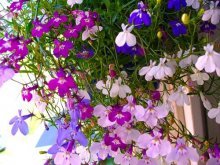
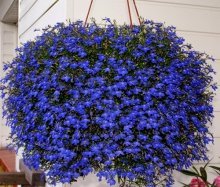

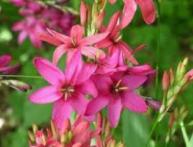
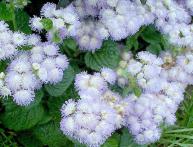

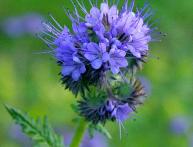

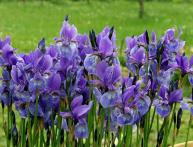
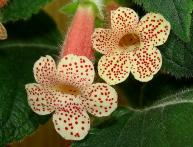
Comments
This flowering tangle just drives me crazy. I love lobelia, and the climbing one too. I tried to grow it myself, but mine did not have the lushness of purchased seedlings. Maybe I didn't pinch it correctly.